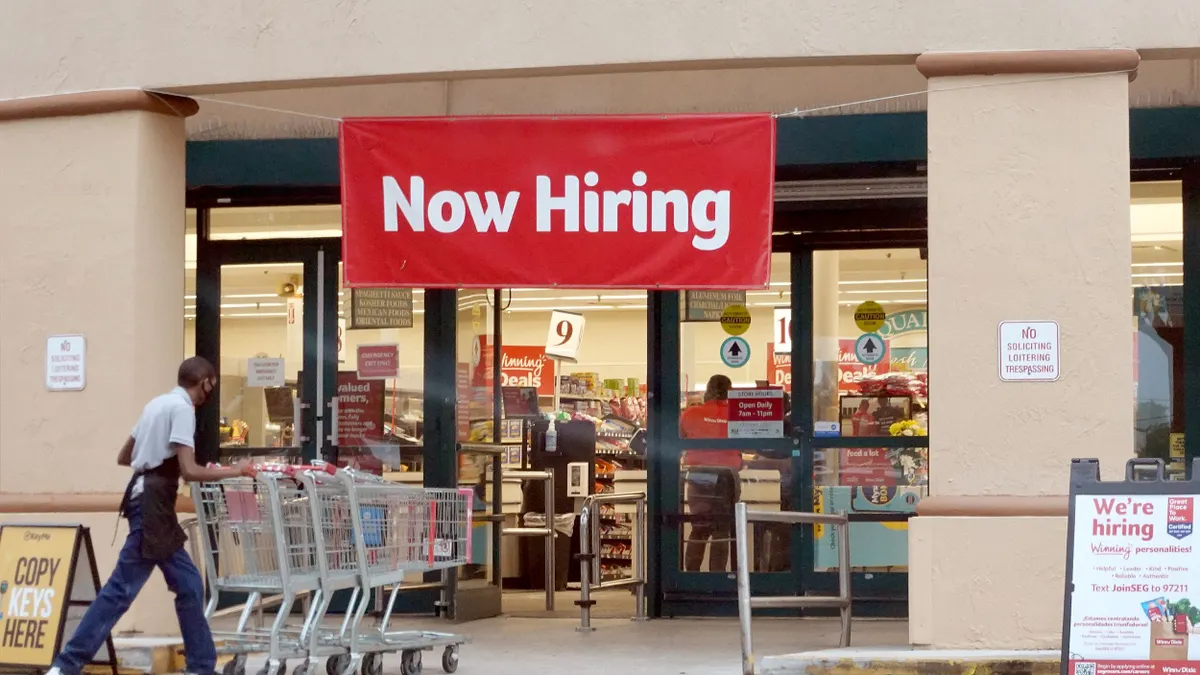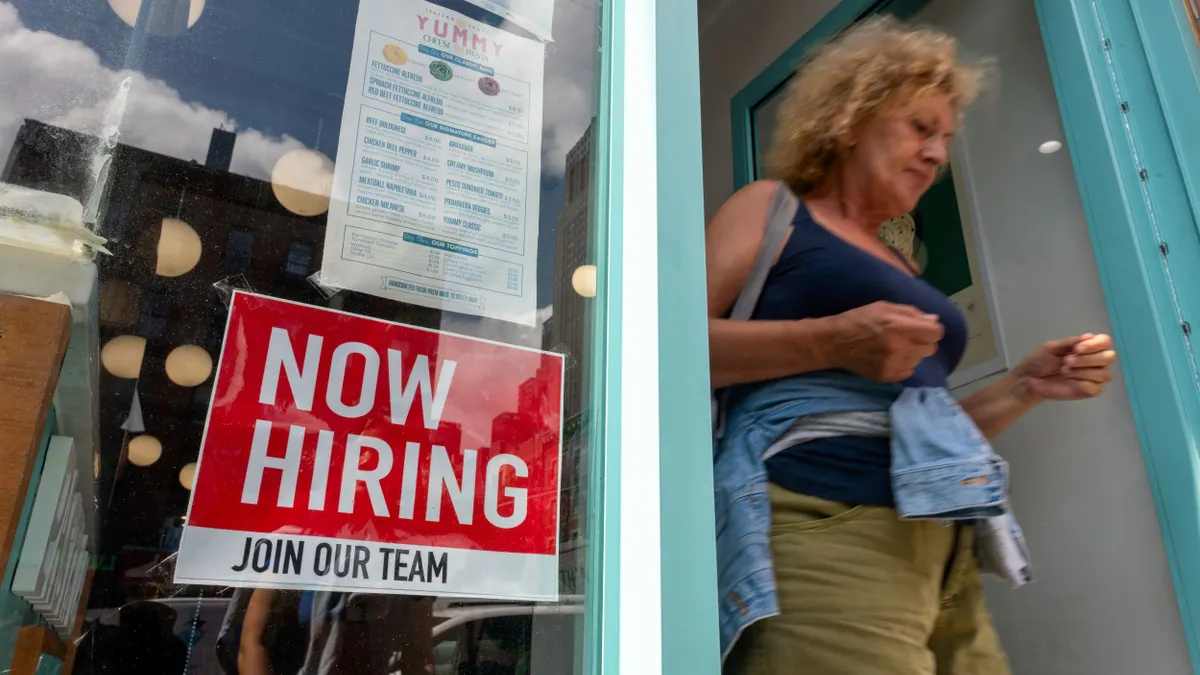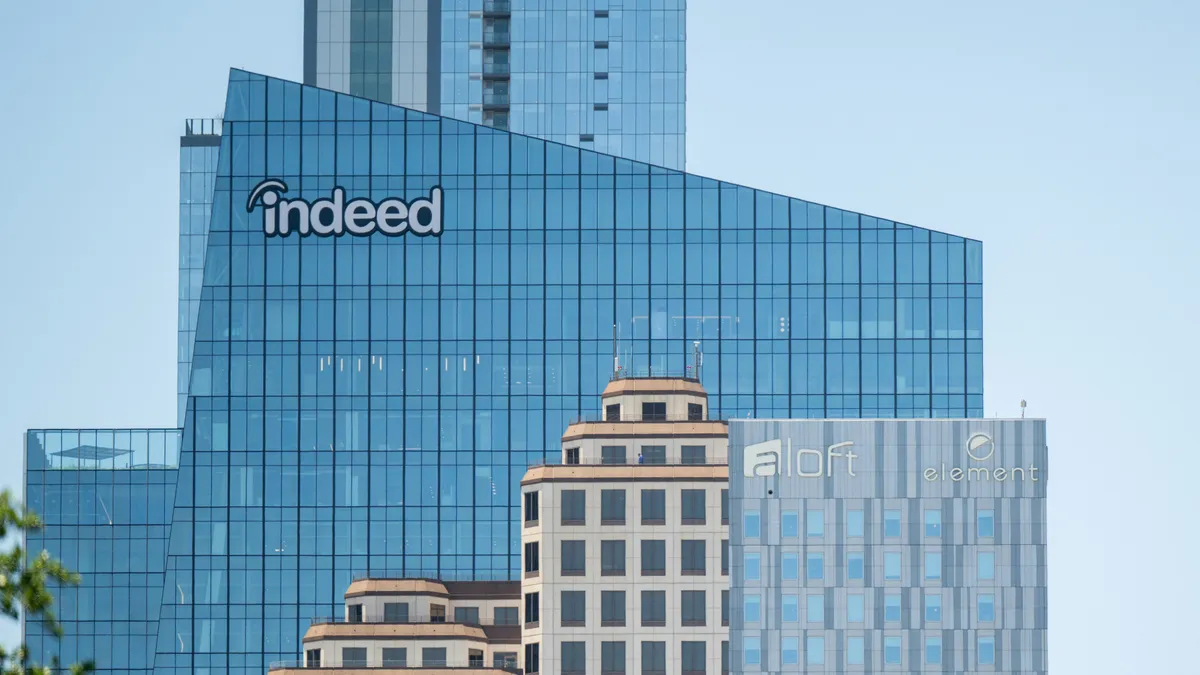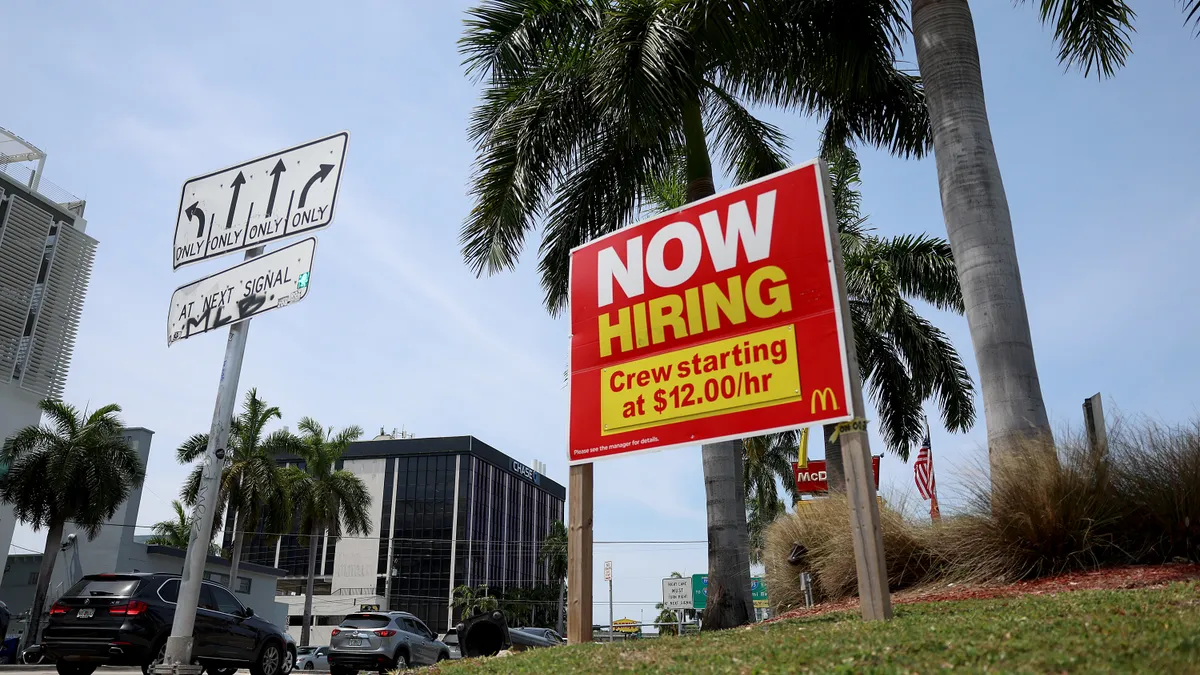Editor's note: The Talent Textbook is HR Dive's column that seeks out talent experts and explores the fundamentals of talent management and acquisition.
Late last year, Walmart announced that it would roll out an internal scheduling app across all its U.S. stores to enable managers to predict shift openings in advance and allow workers to have more flexibility and stability in their schedules.
But Walmart is far from the only employer thinking about this issue. 'My Walmart Schedule' reflects a broader trend in the hourly workplace regarding the use of platforms that allow employees to choose their shifts and enable managers to ensure they have the coverage they need. The internal app, as well as similar third-party apps used by various employers, could also help employers stay on top of overtime laws and a growing list of predictive scheduling laws in some localities.
To get a sense of what's next in this space, HR Dive spoke to two people involved in the predictive scheduling tech industry — as well as a retail union spokesperson — to hear what the emergent tech could mean for hourly work.
An emergent scheduling space
There's a growing list of digital scheduling platforms on the market: When I Work, ShiftPixy, Shiftboard, Fourth and Deputy, to name a few. Stable scheduling practices are a marketplace advantage, said Simon Bocca, COO of the scheduling app Fourth, which provides for the restaurant and hospitality industries. And predictable hours attract and retain talent, improve workplace culture, and reduce turnover, experts say.
A 2018 study in collaboration with the University of California Hastings Center for Worklife Law, University of Chicago, and the University of North Carolina, which piloted stable scheduling in 28 Gap Inc. stores with a shift swapping app, found worker input and productivity increased and median sales rose as employees exercised greater control over their schedules.
"As the workforce changes to more and more gig economy or part-time work, workers are demanding fair scheduling practices so they can hold those multiple jobs," Chelsea Connor, a spokesperson for the Retail, Wholesale, and Department Store Union, told HR Dive.
That's another side to predictive scheduling tech: it's a way for traditional employers to catch up to the flexibility that gig economy work provides. "We saw a major disruption," Scott Absher, CEO of ShiftPixy, told HR Dive.
The gig economy was much more effective in "catering to the preferences and needs of people who were committed to working part-time and so as a result, brick-and-mortar operators … such as restaurants, retail, hospitality in general, all started to have incredibly high, even toxic levels of turnover," he said.
ShiftPixy expects to pilot technology this summer that offers a digital-focused staffing service, where managers could contract workers enrolled in ShiftPixy from a wider talent pool and workers could pick up extra shifts at multiple companies.
When scheduling tech helps employees
Forty percent of hourly workers have schedules that change with less than a week advance notice, according to a 2018 University of California study of over 27,000 workers. "Unstable" scheduling occurs in many industries, but is particularly common in the retail industry, the study found.
The Gap pilot run by the University of California Hastings Center for Worklife Law, University of Chicago, and the University of North Carolina collected data on the effect of predictive scheduling for employees' mental health. The survey found that the stress of having to work erratic hours, covering 'clopenings' — closing and opening a store on consecutive days — and the specter of non-guaranteed work contributed to workers' stress. Further complicating the issue, scheduling issues also occur when employees aren't able to pick up extra shifts that they might need.
Worker choice is key, Connor said. On the topic of predictive scheduling technology, she was less certain. "I think it's a great idea, the question is how it's implemented in practice — whether it's last-minute, whether workers are punished for saying no — those are the questions that I can't answer without seeing the app," she said.
There are two sides to scheduling technology, Connor noted. It can enable workers "to plan their lives better, to know in advance when they might be called in or when they might need to work," she said. Issues would arise, however, if algorithms begin to dictate workers' lives, she said. There could be a downside, for example, if a predictive scheduling tool called workers in last minute because the model indicated a certain number of workers were needed.
For workers to be able to plan ahead some consistency or stability in schedules is necessary, experts note. Legislative fixes have been implemented in some places, and several cities including New York City and Seattle have passed fair workweek laws which penalize employers for using on-call scheduling.
Where could the technology go?
For Bocca, the future of workplace schedules lies with machine learning and AI, while Absher saw mobile engagement — via messaging channels on mobile devices — being a major trend.
"We already have the capabilities for what some people may call auto-scheduling," Bocca said. He believes that an automated process that still allows for individualized adjustments would be the most effective schedule management going forward, in both improving profitability and customer service.
"Empowering the employees to have more control over when they work and how they work and where they work, I definitely see [it] evolving in the future because there's some generational trends there as well," he added.




















